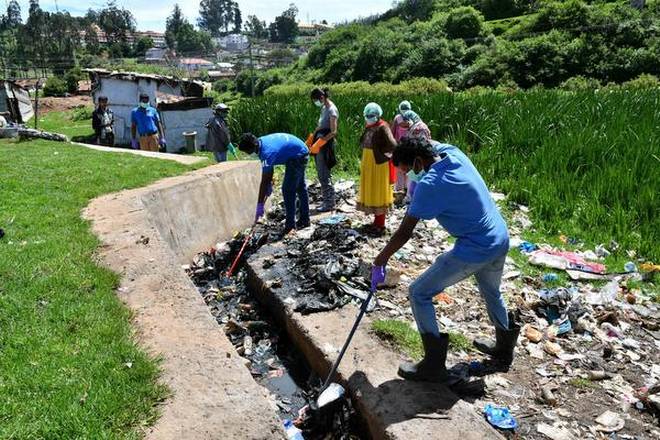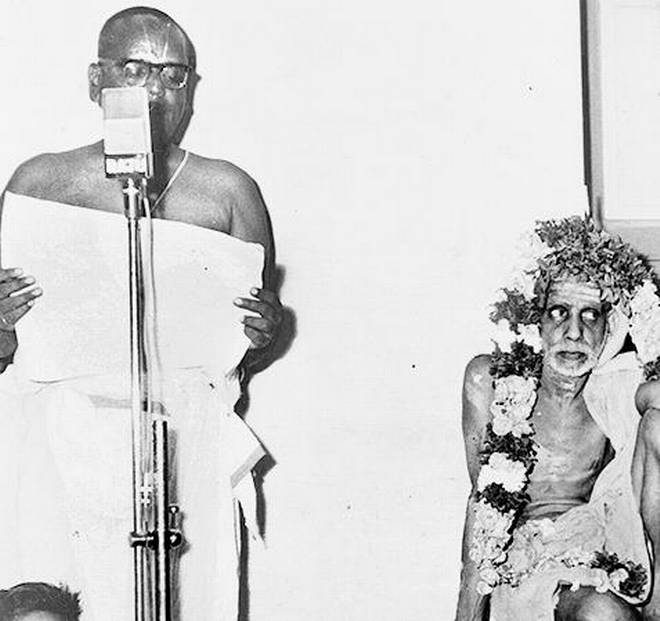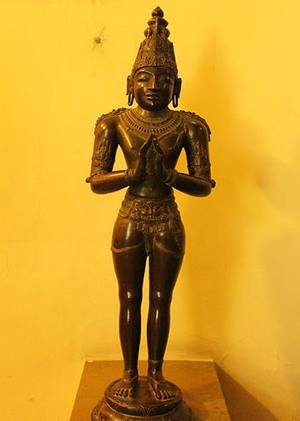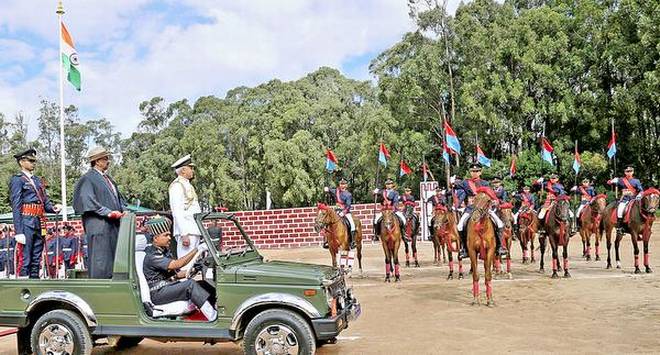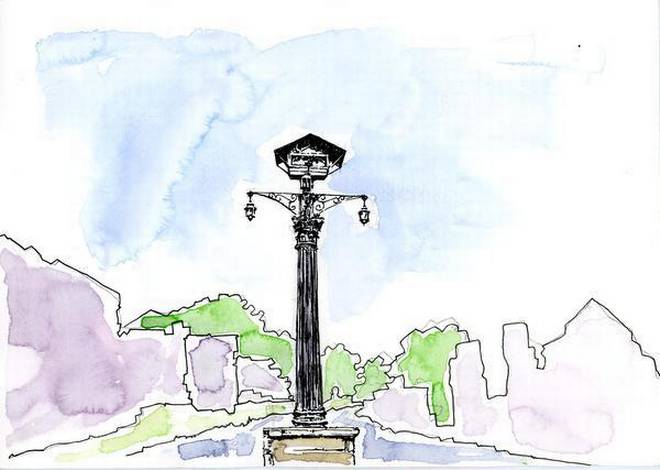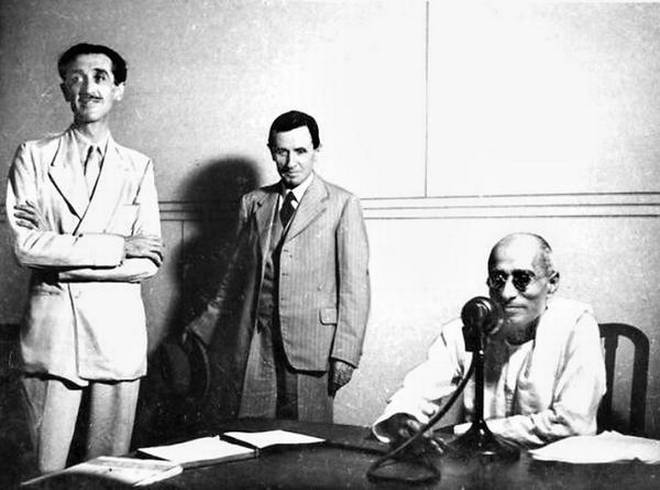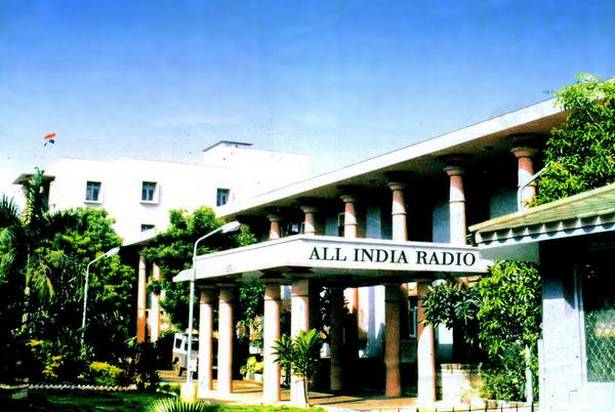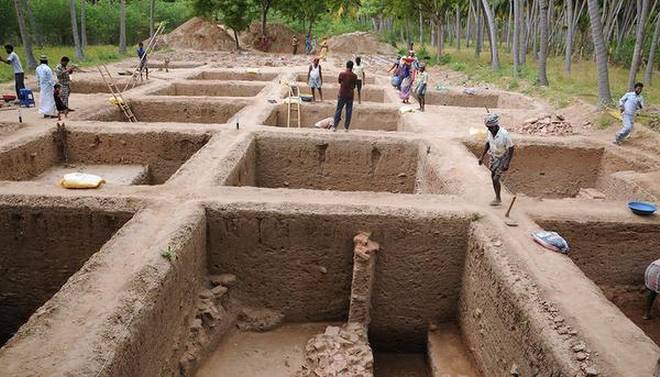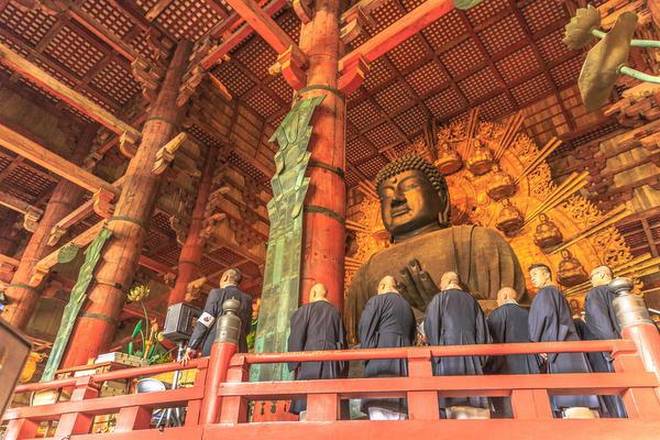
The oldest recorded Indian in Japan impacts the country’s culture even today
The Indian diaspora in Japan has historically been small, but has encompassed a colourful cast, from revolutionaries to textile traders. The oldest documented Indian resident in Japan, and arguably the most influential, was Bodhisena, a monk from Madurai whose outsized impact on Japanese culture persists even some 1,300 years after he docked on the archipelago’s shores.
Bodhisena, or Bodaisenna as his name is pronounced in Japanese, was born around 704 AD. His life and journeys exemplify the multi-directional flows of Buddhist influence and the complex ways in which these tied swathes of Asia into a civilisational embrace. Like many South Asian Buddhist monks, Bodhisena came to believe that Manjushri (the bodhisattva of wisdom) lived on the Chinese mountain of Wutai, and therefore travelled there to pay obeisance. While in China, he met the Japanese ambassador to the Tang court, who persuaded him to carry on to Japan on the invitation of the then Emperor, Shomu (701-756 AD), a devout Buddhist.
Influence of Sanskrit
Bodhisena voyaged to Japan via Cambodia and Champa (central and southern Vietnam) with a gaggle of theological glitterati that collectively shaped much of the contours of Japanese Buddhism and courtly culture.
On board was Genbo, a bureaucrat of Emperor Shomu’s court at Nara, who had spent 17 years in China collecting over 5,000 Buddhist texts. Another shipmate, Kibi no Makibi, is linked to the development of the Japanese syllabary and script of katakana, still in use today. The influence of Sanskrit on katakana is sometimes attributed to the time Makibi spent travelling with, and learning from, Bodhisena. Makibi also introduced to Japan the art of Chinese embroidery, as well as the lyre, which as the koto, became a standard feature of Japanese court music.
The Indian themes
A disciple of Bodhisena from Champa, Buttetsu, rounded off the band of monastic travellers. Buttetsu went on to teach a style of dance that featured themes taken from Indian mythology, set to a musical rhythm, common in South Asia, but unknown at the time in Japan. These dances became known as rinyugaku and were absorbed into the local artistic oeuvre.
Bodhisena’s ship docked at Osaka in 736 AD and the group made their way to the capital: Nara. It was during the Nara era (710-784 AD) that Buddhism, buttressed by learnings from Tang dynasty China, became firmly established in Japan, overcoming initial resistance from the Shinto-devoted elite. Under Emperor Shomu Buddhism was granted official recognition as a religion that was a “protector of the state.” Temples in Nara began to accumulate vast landholdings and wielded huge political influence.
The Kegon school
Bodhisena’s arrival in the capital took place within this context. Until then, Japan’s knowledge of Buddhism had been entirely mediated through either Korea or Japan. As an Indian, Bodhisena was immediately held in reverence and housed at Daian-ji temple, the preeminent education and research institute for Buddhism at the time. The Indian monk taught Sanskrit and helped establish the Kegon school of Buddhism, a variant of the Chinese Huayan school. He died in 760 AD and is buried in Ryusenji-temple on the slopes of Mt. Omine.
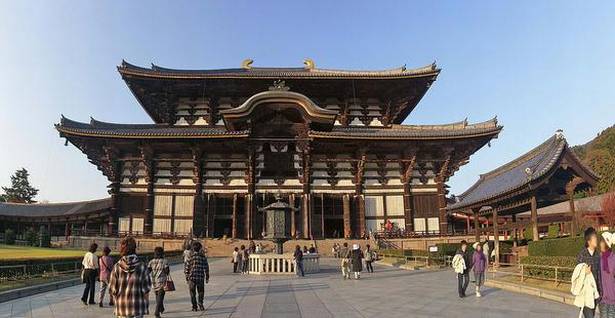
Unlike some historical Buddhist sects, the Kegon continues to flourish today, with its headquarters at Nara’s Tōdai-ji temple, a Unesco World Heritage site. Founded in 738 AD and officially opened in 752 AD, Tōdai-ji is best known for its 500-tonne, 15-metre-high Buddha — the largest bronze statue in the world.
The gargantuan sculpture, known as the Daibutsu, was commissioned by the Emperor in hope of gaining divine favour and thereby reversing the effects of a devastating drought, compounded by an outbreak of smallpox that had ravaged the area in 737AD.
The hall that houses the Daibutsu is one of the world’s largest wooden structures. It is Nara’s most popular tourist draw and is thronged with visitors from around the world. After gawping at the Daibutsu, they usually head to a hole in one of the pillars that holds up the edifice. According to legend, the hole is the exact size of one of the Buddha statue’s nostrils and anyone who crawls through it will gain enlightenment, albeit in their next life. No one seems to know the exact dimensions of the hole/ nostril, but it is large enough for a child to tunnel through with relative ease. A number of adult Chinese tourists attempt to pass, but all get stuck at the hip.
To one side of the main temple are the living quarters of the Morimoto family, the head priests of Tōdai-ji. The lodgings comprise a series of low-roofed rooms, interconnected by covered walkways, overlooking classical Japanese gardens, dotted with pine trees and rockeries. Seated in a reception area facing a late-blooming, weeping cherry tree, Kosei Moritomo sips from a cup of green tea. The Elder Moritomo (as he is respectfully known) has retired as the 218th head of Tōdai-ji and leader of the Kegon school of Buddhism. But he remains sprightly, his eyes lively and darting when he talks of Bodhisena, as though an old friend.
He dwells on the role of the Indian monk in the consecration ceremony of the Daibutsu. For it was Bodhisena, of all the eminent Buddhist scholars in Nara at the time, who was chosen to perform the statue’s “eye opening” ceremony. In front of a huge, cosmopolitan gathering that included ambassadors from Persia, Korea, Vietnam, China and Central Asia, Bodhisena painted the pupils on the eyes of the Buddha statue, inviting the spirit in to animate the sculpture.
“I think in India you understand about the spirit coming into the statue?” the Elder Moritomo asks. “It is a very difficult concept to explain to Westerners.” The former head priest turns reflective. He says that Japan has tried to dominate the world first by military means and then with its electronic industry. Both failed. “I believe it is in Buddhism that it can most exert an global influence,” he concludes.
Then he smiles and offers this writer another cup of tea.
The writer is a globetrotter who is currently parked in Japan.
source: http://www.thehindu.com / The Hindu / Home> Society> History & Culture / by Pallavi Aiyar / June 09th, 2018
